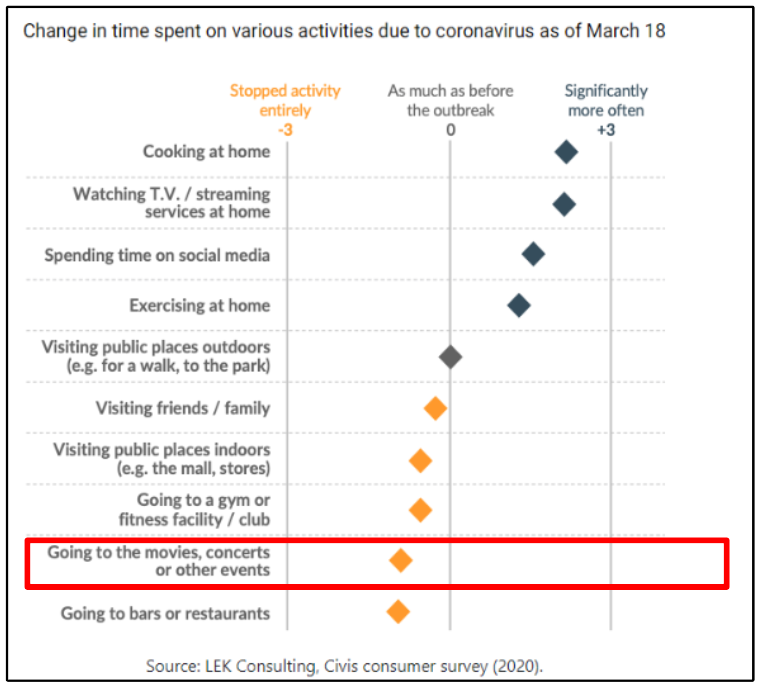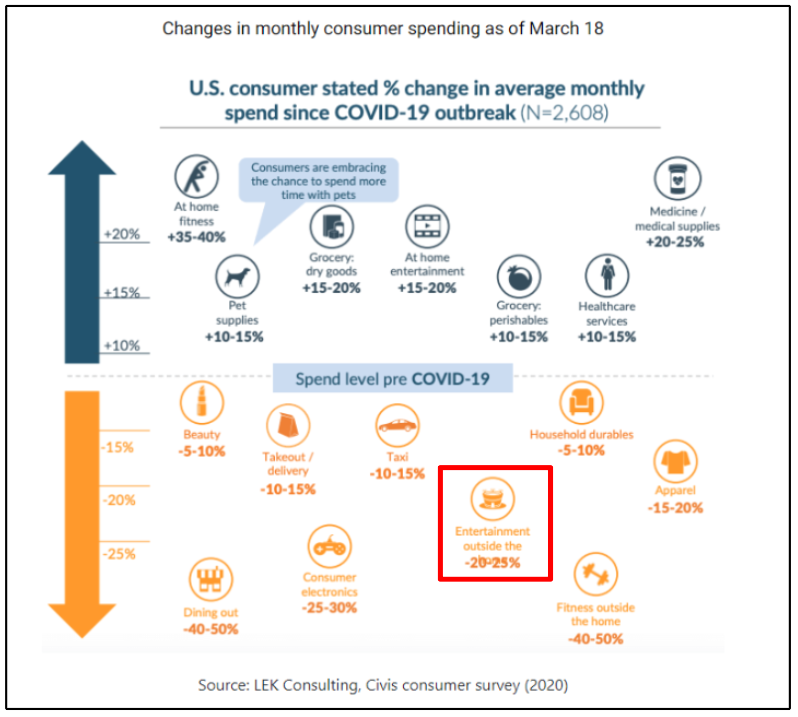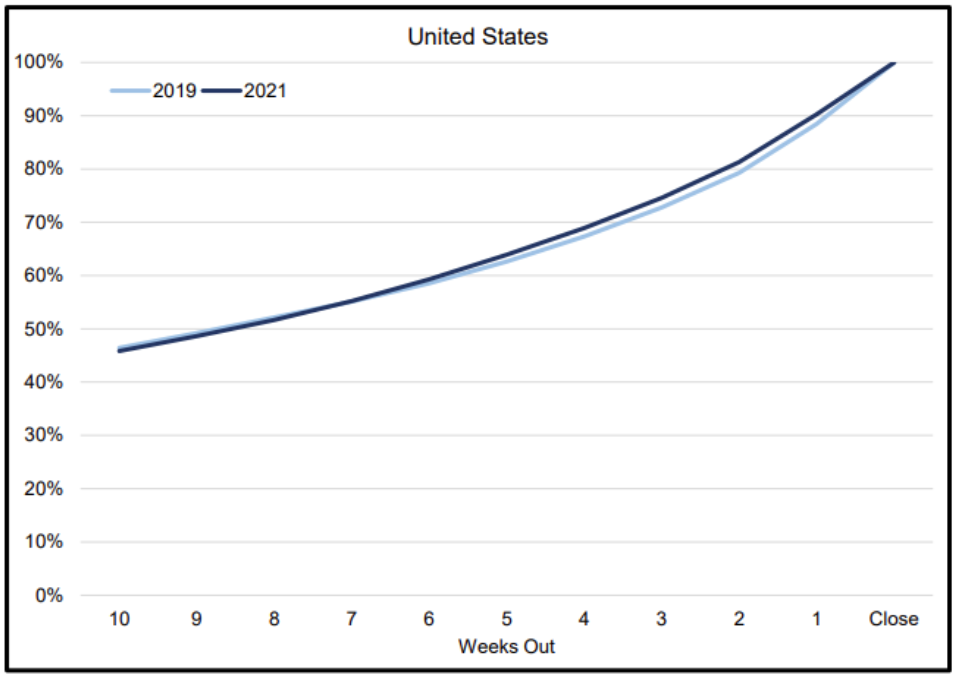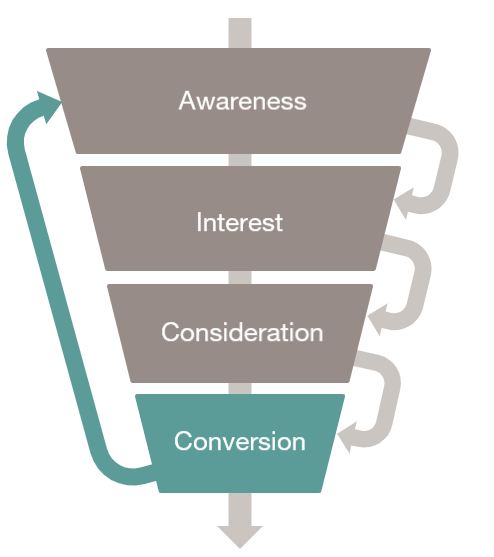Over the course of the next few years, third-party data will continue to become less reliable as data privacy continues to evolve (currently slated for early 2024). MogoARTS Marketing recently led a session at Tessitura’s Learning & Community Conference in Denver, CO exploring the marketing strategies to best position arts organizations in a world with increased data privacy and limited tracking capabilities. Here are the takeaways from this session:
What are Cookies?
Currently, online consumer data is tracked via cookies, which is a piece of code placed on your device that collects and stores data that the website can retrieve at any time. Cookies contain third-party data, such as user identification, behavior, and preferences that have been widely leveraged in digital marketing.
Why do Cookies exist?
Cookies make your online experience easier by saving browsing information. With cookies, sites can keep you signed in, remember your site preferences, and give you relevant content. Advertisers use cookies to collect data – such as website visitation – that enables brands and advertisers to use that data for segmenting and targeting consumers based on their engagement.
Why do Advertisers Use Cookies?
Using cookies has been foundational for paid digital marketing tactics like retargeting, user tracking, conversion attribution, and reaching new audiences using third-party data. The changes around data privacy including regulation and legislation, are embracing enhanced data privacy policies and setting more boundaries and guidelines around how data is used that both honors users’ privacy and supports transparency. Ultimately, this has limited the use of cookie-based data to protect user privacy.
Traditionally, users would be forced to opt-in to tracking through their consent of user agreements or terms of service when signing up for things like Facebook, Twitter, and Google. Now, the industry is moving away from these passive consent-models toward empowering users to manage their data more directly. In the new approach, users now have more direct control to choose to opt-in or out, allowing users more discretion on how and when their personal data is collected.
While users opt-in and allow tracking content through user agreements and terms of service when signing up for and using services like Facebook, Twitter, and Google, the industry is moving away from passive consent models. Instead, the industry is leaning into active consent from users to explicitly opt-in or out of tracking. This gives the user more discretion on how and when their personal data is collected.
Timeline
The industry changes started with General Data Protection Regulation (GDPR) and the California Data Privacy Act (CCPA) setting the tone for other states’ legislation. In 2016 CCPA championed ballot initiatives to advocate on behalf of better personal data security. This sparked a call for national and global privacy compliance. At this point, lawmakers in 15 states are poised to vote on more expansive legislation in 2022.
In response to the regulatory and legislative pressures, Google embraced the shift toward privacy. Having announced in 2021 the deprecation of third-party tracking. However, there is still a lot of uncertainty in the industry. In fact, Google has already shifted their projected cookie deprecation date from 2023 to 2024, just illustrating what an ever-evolving subject this is.
What Changes Are Coming? Why Should I Care?
The trend toward data security, privacy, and transparency is centered around a consumer-focused decision of how their data is collected and used.
As part of the changing landscapes, websites are now required to have a consent framework built into their systems. A consent framework enables users to opt-in or out of data collection, typically through an online environment (like a website or an app) with a pop-up asking, “do you accept cookies?” This gives consumers the ability to more directly manage data-consent and specifically what the data could be used for.
Major tech companies like Google and Apple are implementing additional privacy standards to adhere to GDPR and CCPA. By default, most browsers (Firefox, Safari, Microsoft Edge) already prevent cookie-tracking. These environments assume users want data privacy, but users still have the option to adjust their setting to opt-in to data tracking. Apple also requires app developers to build in the consent framework pop-up to get explicit data sharing opt-ins from its users.
The most immediate and difficult impact is on the paid media side of things. Specifically, this makes attribution challenging to understand the impact of paid media exposures to an outcome (a purchase, a signup, etc.). If someone has opted-out of data tracking – then you cannot attribute their behavior to an ad exposure.
Digital marketing will be most directly impacted through targeting and personalization of messaging toward third-party audiences, as consumer profiles will be more protected so audience segmentation will be less transparent.
Opting In or Out
So once a consumer opts-in, they will become part of your first-party audience. Brands will have more flexibility with these audiences by virtue of the consumer opt-in. Brands can leverage them in remarketing, track consumer behavior to personalize messaging and outreach, and customize their user experience to build brand loyalty. For this reason, CRM (consumer relationship management) platforms will need to be compliant with consent management platforms to ensure the brand is aligned with privacy regulations. This gives the brands an opportunity to deliver higher ad relevance to their opt-in databases, through customization and personalization as well as more cost-efficiency in their advertising since they are a qualified and engaged audience.
For third-party audiences (who have either opted-out or have yet to engage with a brand), brands will be limited in their ability to segment and customize the experience for that audience. As a result, targeting non-opt-in audiences will impact correlated conversions, reporting, KPI, and will be more expensive to reach because of the limitations on passing their behavioral data back to media platforms.
To date, we’ve seen opt-in rates as low as 5% and as high as 25%, so the industry is expecting a major shift in how brands will target, track, and measure digital media efforts. Even for the high end at a 25% opt-in rate, this is a fraction of what was reported historically. So, marketers will need to adjust their KPIs, benchmarks, and digital goals to account for the loss in visibility. In fact, a recent study from GetApp and HubSpot showed that 44% of marketers predict that advertisers will need to increase their ad spend by 5-25% to see the same results from 2021.
Strategies for Engaging Third-Party Audiences
Brands can turn to contextual advertising to reach new prospects and reengage audiences who opted-out. Instead of using third-party data segmentation to align audience and messaging, brands can opt for real-time contextual advertising – e.g., a news article, website, news feed, mobile app screen, or video game a user engages with. For instance, if a newyorktimes.com reader is looking at an article about the newest Superhero movie, they might see a contextual ad placed by Marvel reminding them of the release date.
Before the cookie goes away, you can target:
- Consumer Profile
- Household Income
- Behavioral Interests
After the third-party cookie goes away, you can target instead:
- Contextual advertising
- Broad Topics
- Web Browsing Themes
The truth is, this is a global change that will impact everyone; internet users and consumers like you, digital advertisers like us, and publishers like Google.
What can you do?
Build out new measurement models and KPIs: We highly recommend building out measurement and analytic models as a framework for performance evaluation for digital channels. Partner with your marketing team or agency to craft measurement and analytic models as a framework for performance evaluation for digital channels.
Tracking is changing. Year over year measurement will no longer be informative in the ways it once was. So, start preparing and tracking new KPIs and designing measurement models to appropriately track your audience and performance before and after these changes take place. Look at performance from April 2021 compared to April 2022 and see how performance and audience data dips. This is a preview of what is to come with cookies.
Engagement metrics are going to be key going forward. Selecting KPIs like click-through-rates, site visitations/landing page views will become key forms of digital marketing measurement. Supplemental reporting around leads, CRM growth, site engagement metrics will help to tell a story around brand engagement and marketing effectiveness. Consider evolving beyond just conversion-based or direct response benchmarks. The key will be to align on KPIs internally and to actively track and document performance across those metrics. Review these with your internal or external marketing team to assess historical trends and help forecast and identify areas of opportunity.
Invest in First-Party Audience Development: It’s recommended to prepare your first-party audiences now before it’s too late. Set goals for CRM Database and Social follower growth. This can be used for Email Marketing, Content, and/or Lead Generation.
Work with your marketing team or agency to launch strategies designed to increase new audiences. By starting early, your organization will be equipped to keep advertising momentum when these targeting and tracking capabilities shut off.
Segment first-party audiences for customized ad messaging: Building strategies to increase and engage with opt-in audiences are going to be foundational strategies. Brands need to think through how best to personalize online experiences to engage these audiences. You can be more action-oriented in your messaging to an opt-in audience. Testing more direct messaging like “Get Tickets / Buy Now!” can work for engaged opt-in audiences while “Learn More” calls to action will be more appropriate for any third-party messaging.
Categorizing and segmenting your engaged audiences will help you build out a better communication strategy. If you have segmented member or purchaser audiences, you can customize a message based on their buying behavior in a way that can help build patron loyalty. For instance, if you have a known or lapsed subscriber audience, you will want to customize a message to speak to renewing their subscription. Relevancy, personalized messaging, and immediacy of outreach will be important to ensure you are delivering the right message to the right audience at the right time.
License Enterprise Technology and Partnerships: Engage in partnerships with technology partners and vendors at the forefront of data privacy. This can include on-boarding a media buying platform, a consent-based analytics platform that plugs into ticketing, website improvements, data warehousing refinements, etc. Talk to your agency or marketing team about what tools they are using for consent and data privacy compliance.
While all these changes are going to change the way brands interact with their audiences, it’s important to understand nothing is concrete yet. Solutions are continuously being presented. Brands need to be open to leveraging their partner and vendor’s knowledge to navigate and find the solutions that work for them. Having these conversations now will be pivotal in preparing marketing teams and organizations for the changes that are expected in the next 9-12 months.

















